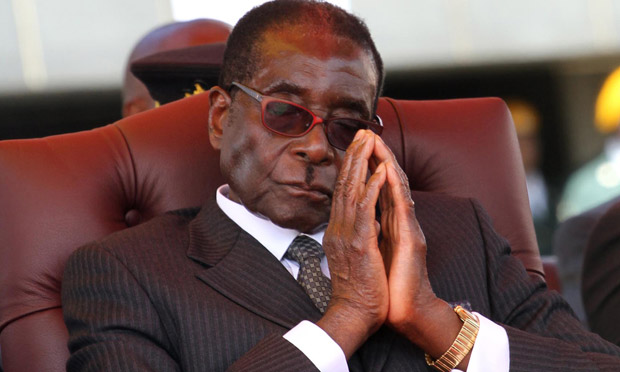- WICKNELL CHIVAYO left school at 15
- DISGRUNTLED Zimbabwe police stage uniform protest.
- MNANGAGWA wife Auxillia drops charges against nine women who boed her in Manicaland
- O.J. Simpson dies of cancer , aged 76.
- South Africa ANC is the cause of ZIMBABWE troubles claims Zimbabwe opposition politician Job Sikhala
Zim National Water Authority’s (Zinwa), needs US$18 million for mitigatory measures as dam levels decline critically.

THE country continues to face critical water shortages despite the rains that have been falling over the past few weeks as dam levels are still declining.
The Zimbabwe National Water Authority (Zinwa) says about US$18 million is required to embark on mitigatory measures countrywide.
Speaking at the Matabeleland water crisis emergency workshop on Monday, Zinwa chief executive officer Dr Jefter Sakupwanya said only five major dams have received significant inflows.
“The dam levels across all catchments have continued to decline. It should however be pointed out that at this time of the year most of the dam storage levels should normally be rising. Only five major dams across the country have recorded increases in dam levels due to the rainfall received this season,” said Mr Sakupwanya. “It should be noted that while the water situation at the moment is generally critical, the rainfall season is still to conclude and considering that any significant rainfall activities can result in improvement in water storage levels in the dams, close monitoring of the situation is required.”
Mr Sakupwanya said Zinwa is monitoring water demand and use in towns and for agriculture and encourages conservation of the resource especially in the drought prone provinces of Masvingo, Manicaland, Matabeleland South and North. “A total of $18, 3 million is required to embark on the mitigation measures. Of that amount about US$13,7 million is required to implement mitigation strategies for the critical stations,” said Mr Sakupwanya.
He said if the current water situation does not significantly improve or deteriorates, the Minister of Environment, Water and Climate may through recommendations made by Zinwa declare Water Shortage Areas through a Government Gazette for periods not exceeding 12 months as per the Water Act.
“This is done when the flow in any public stream has stopped or falls below an unacceptable level or the storage falls below an acceptable level.
This is also done when the abstraction of water from boreholes and wells in any area is likely to diminish the ground water resources in the area or affect adversely the flow of surface water in any public stream,” said Mr Sakupwanya.
Bulawayo City Council principal engineer, Sikhumbuzo Ncube said the city’s supply dams stood at 28, 07 percent from last month’s figure of 28.21 percent.
Eng Ncube said the city had embarked on a number of interventions such as water rationing, water shedding, water bowsering and rehabilitation of boreholes. source chronicle